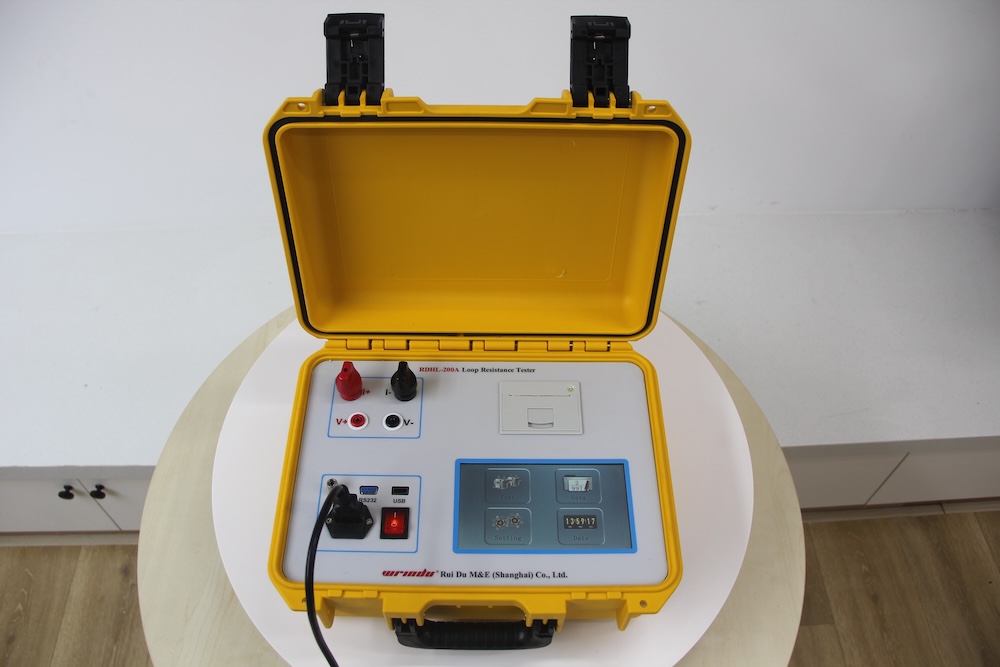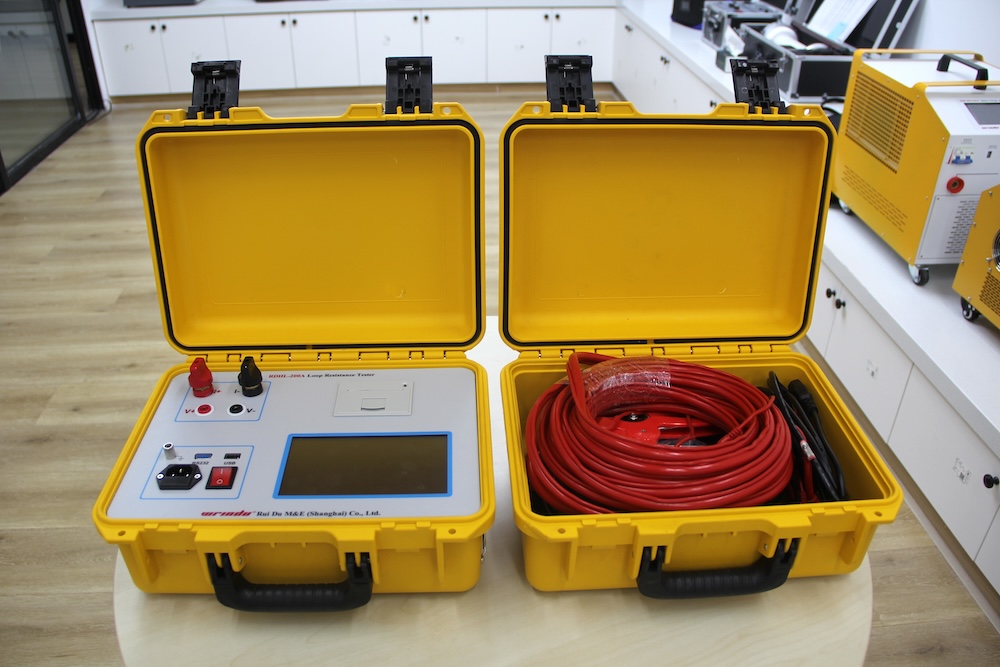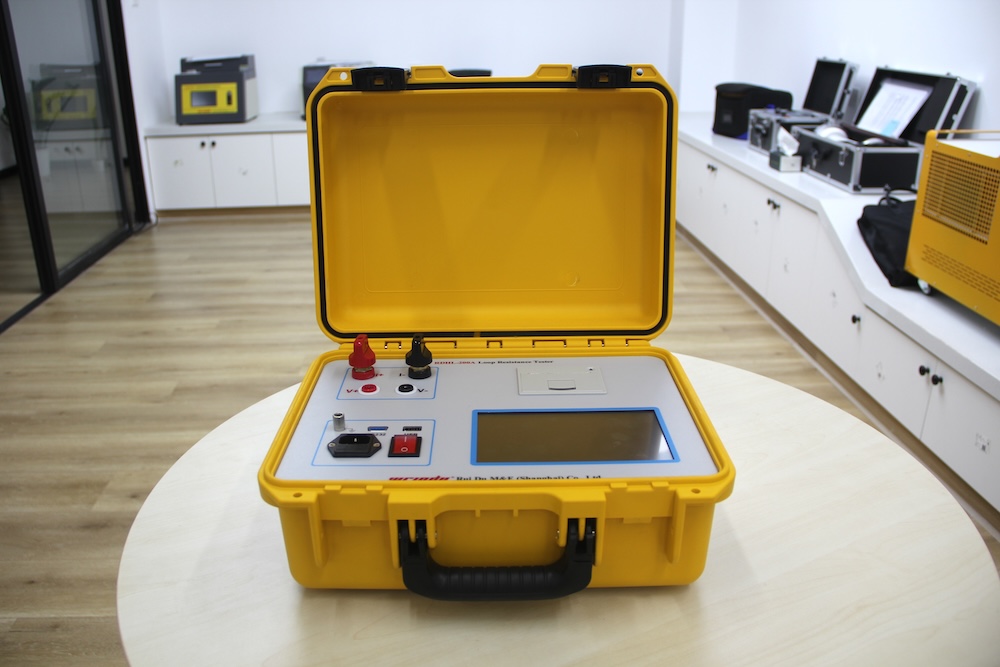Why do we need to test loop resistance? What are the methods for testing loop resistance?



1. Why should we measure loop resistance?
Reveal hidden defects of equipment and prevent accidents. The size of loop resistance is directly related to the working performance of electrical equipment such as circuit breakers. Through testing, we can promptly discover poor contact caused by contact oxidation, contamination, insufficient contact pressure, etc., thereby avoiding serious accidents such as equipment overheating, insulation damage and even fire caused by excessive contact resistance.
Ensure reliable operation of equipment and improve system stability. Regular loop resistance testing helps ensure the stability of electrical connections and reduce equipment downtime caused by contact problems, thereby improving the reliability and stability of the power system.
Comply with industry regulations and achieve standardized management. According to relevant industry standards, loop resistance testing of power equipment is an important means to ensure safe operation of equipment and achieve standardized management.
2. Full analysis of loop resistance test methods
DC voltage drop method
This is a traditional test method that applies DC current in the loop, measures the voltage drop, and uses Ohm's law to calculate the loop resistance.
· Operation points: Make sure the test current is large enough to reduce measurement errors; pay attention to the layout of the test line to avoid interference; fully clean the equipment before and after the test.
· Advantages: Simple operation and intuitive results.
Four-terminal method (Kelvin test method)
Suitable for accurate measurement of low-resistance loops, improving measurement accuracy by eliminating the influence of lead resistance.
· Technical details: Use a four-wire connection, two of which are for current flow and the other two are for voltage measurement to ensure the accuracy of the test.
· Notes: Select an appropriate test current and use high-precision instruments to obtain reliable data.
High-frequency AC method
Use high-frequency AC current for testing, which is suitable for occasions with strong insulation to the ground and strong anti-interference ability.
· Features: Fast test speed, little impact on equipment, suitable for online monitoring.
· Practical guide: Pay attention to the potential impact of high-frequency signals on equipment and ensure the safety of testers.
3. Improve the effectiveness of loop resistance testing
Accurate test preparation: Ensure that the test environment meets the requirements, the test instrument is calibrated, and the tester understands the operating procedures.
Strict safety measures: During the test, comply with safety operating procedures to prevent accidental injuries and equipment damage.
In-depth data analysis: Detailed analysis of test results to provide a scientific basis for equipment maintenance and fault diagnosis.
Loop resistance testing is not only a necessary part of power equipment maintenance, but also an important means to ensure the safe operation of the power system. By mastering various testing methods and technical points, we can more effectively monitor the status of equipment, prevent potential risks, and ensure the continuous and stable power supply of the power system. In the future power system management, loop resistance testing will continue to play its irreplaceable role.




